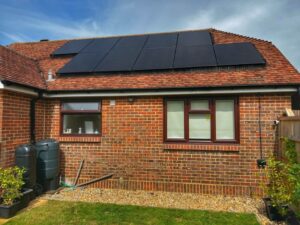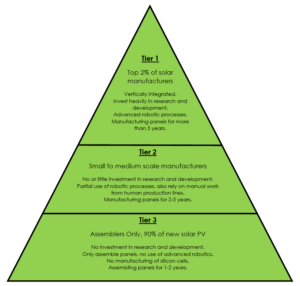As more homeowners turn to solar energy, one key decision they face is whether to include a battery in their solar system. At Solar Voltaics, we’re often asked about the difference between a solar system with a battery and one without. In this post, we’ll explore how each setup works, the benefits and drawbacks of each, and help you determine which option might be best for your home.

Solar Systems Without a Battery
A solar system without a battery is the more traditional setup. Here’s how it works:
- Solar Generation: During the day, your solar panels capture sunlight and convert it into electricity. This electricity is used to power your home’s appliances, lights, and other electrical needs.
- Instant Consumption: The electricity your panels generate is used in real-time. If your panels produce more electricity than your home is using at that moment, the excess is sent back to the grid.
- Exporting to the Grid: When your solar system exports excess electricity to the grid, you can receive payments through schemes like the Smart Export Guarantee (SEG). The SEG ensures that energy suppliers pay you for the surplus energy your system exports, which can help offset your electricity costs.
- Night-Time and Cloudy Days: When your solar panels aren’t producing enough electricity (like at night or on cloudy days), your home will draw power from the grid, just as it would if you didn’t have solar panels.
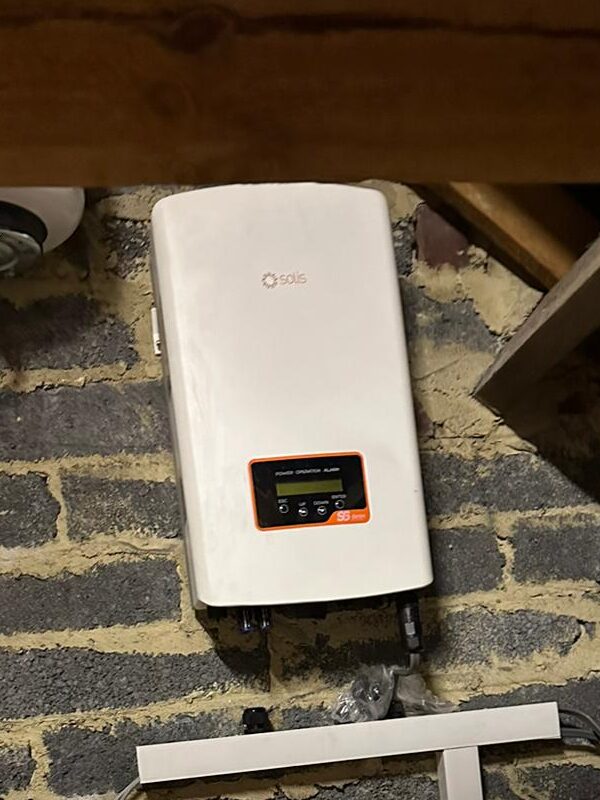
Pros and Cons of a Solar System Without a Battery
Pros:
Lower Initial Cost: Without a battery, the upfront cost of your solar system is lower, making it more accessible for many homeowners.
SEG Payments: You can earn money by exporting excess electricity to the grid through the SEG, which can help reduce your overall electricity bills.
Simple Setup: Systems without batteries are generally simpler to install and maintain.
Cons:
Reliance on the Grid: You’ll still depend on the grid for electricity when your panels aren’t producing enough, which means you’ll still have some electricity costs.
No Backup Power: Without a battery, your solar system won’t provide power during a blackout, as your system will shut down for safety reasons.
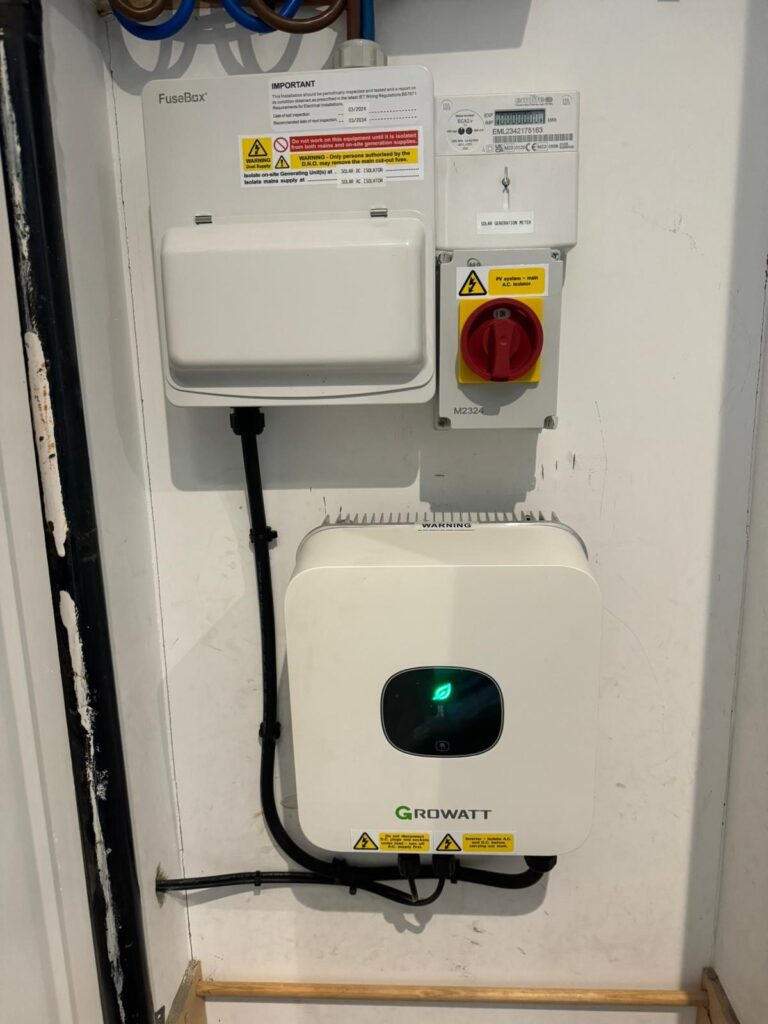
Solar Systems with a Battery
Adding a battery to your solar system changes the game by allowing you to store excess electricity for later use. Here’s how a solar system with a battery works:
- Solar Generation and Storage: Just like a system without a battery, your solar panels generate electricity during the day. However, with a battery, any excess electricity that your home doesn’t immediately use is stored in the battery instead of being sent back to the grid.
- Using Stored Energy: When your solar panels aren’t producing enough electricity, such as during the night, your home can draw power from the battery instead of relying on the grid. This allows you to maximise your use of solar energy and further reduce your electricity bills.
- Grid Export: Once your battery is fully charged, any additional excess electricity can still be exported to the grid, allowing you to benefit from SEG payments.
- Backup Power: If your solar system is configured with a backup terminal, the battery can provide power to your home during a power cut, keeping essential appliances running even when the grid goes down.
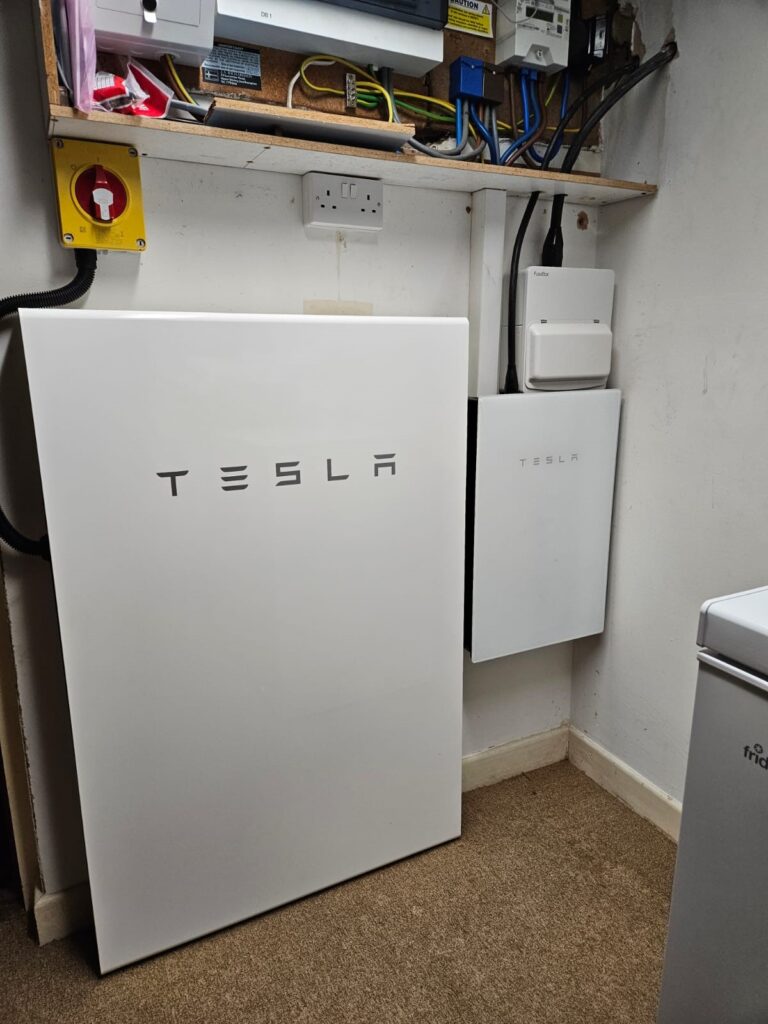
Pros and Cons of a Solar System with a Battery
Pros:
Maximised Solar Use: By storing excess energy, you can use more of the solar power you generate, reducing your reliance on the grid and lowering your electricity bills even further.
Backup Power: A battery with a backup configuration can keep your home powered during outages, providing peace of mind and added security.
Energy Independence: With a battery, you’re less dependent on the grid, which can be especially beneficial in areas with frequent power cuts or high electricity rates.
Cons:
Higher Initial Cost: Adding a battery increases the upfront cost of your solar system, which might be a barrier for some homeowners.
Potentially Lower SEG Earnings: Since your battery stores excess energy, you might export less electricity to the grid, which could reduce your SEG payments.
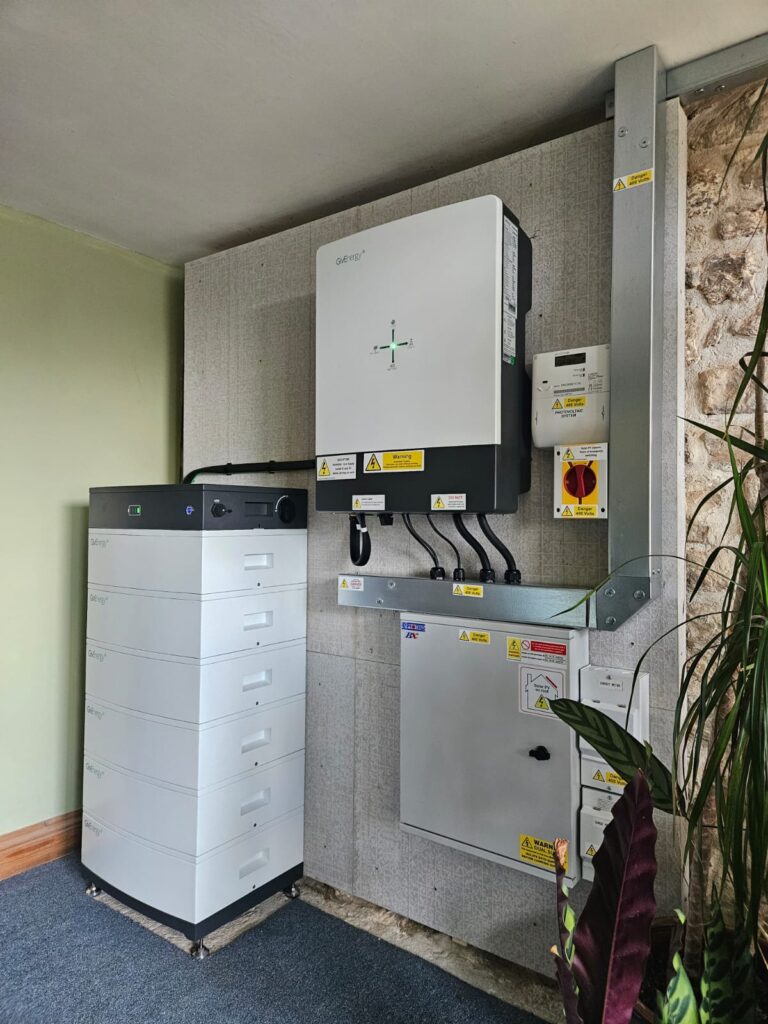
Which Option Is Right for You?
Choosing between a solar system with or without a battery depends on your energy needs, budget, and priorities.
If you’re looking for a lower-cost way to reduce your electricity bills and don’t mind relying on the grid for nighttime and backup power, a solar system without a battery might be the best option. You’ll still enjoy the benefits of clean energy and could earn money through the SEG.
If you want to maximise your use of solar energy, reduce your reliance on the grid, and have the added security of backup power during outages, investing in a battery is a smart choice. While the initial cost is higher, the long-term benefits can make it a worthwhile investment.
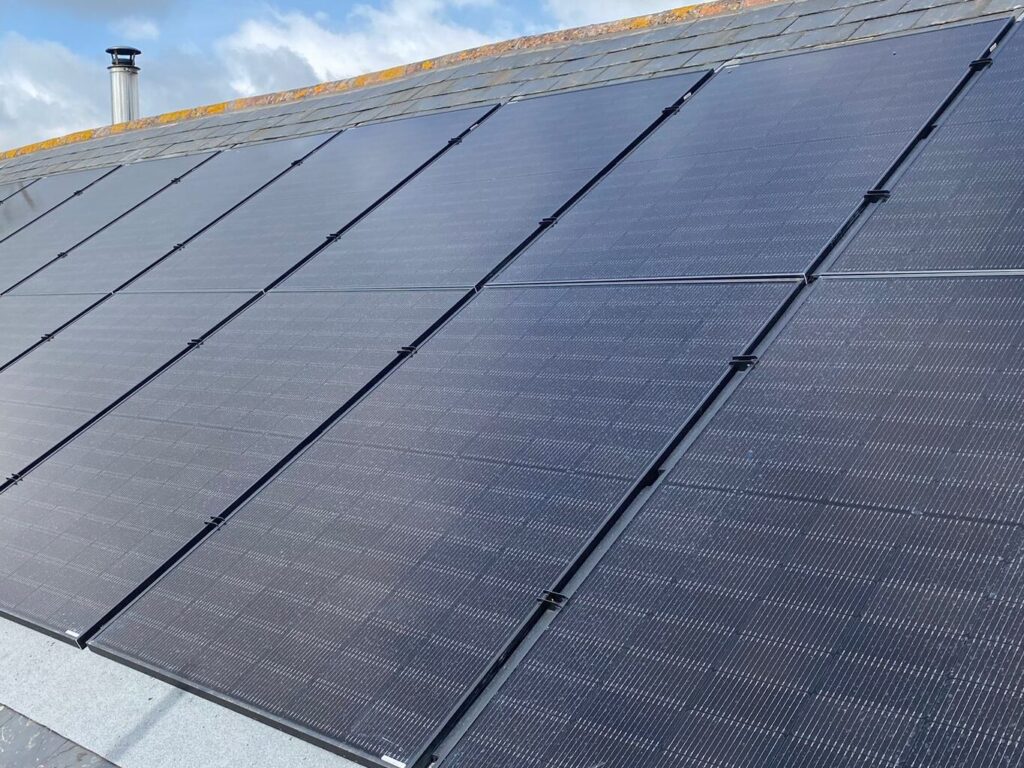
Tailoring Solar to Your Needs
At Solar Voltaics, we’re committed to helping you find the right solar solution for your home. Whether you choose a system with or without a battery, we’ll design and install a setup that meets your needs, reduces your electricity costs, and contributes to a more sustainable future.
Ready to explore your options? Contact us today for a free consultation, and let’s find the perfect solar solution for your home!

